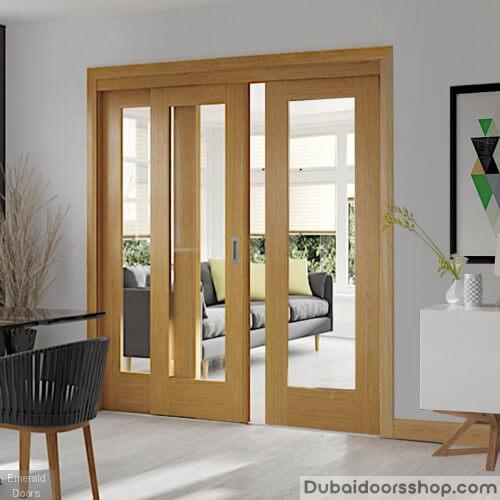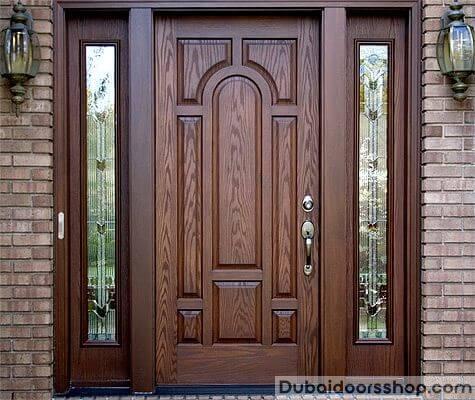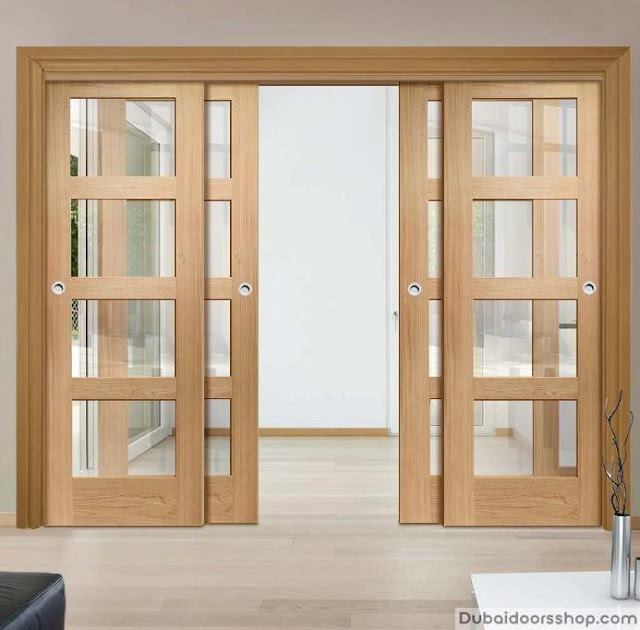Elevate Your Space with Custom Sliding Doors: A Fusion of Functionality and Style
In the realm of interior design, few elements offer the transformative power and elegance quite like custom sliding doors. Beyond their practical function of dividing spaces or concealing storage areas, these doors serve as aesthetic focal points, seamlessly blending functionality with style. With a myriad of design options available, custom sliding doors have become an indispensable feature in modern homes, elevating interiors to new heights of sophistication and functionality.
Custom sliding doors offer a perfect marriage of form and function, making them an ideal choice for those seeking to optimize space utilization without compromising on aesthetics. Whether employed as room dividers, closet enclosures, or even as stunning exterior entrances, these doors boast versatility that caters to diverse design preferences and spatial requirements.
One of the most enticing aspects of custom sliding doors is their ability to be tailored to suit individual tastes and design visions. From sleek, minimalist frames to intricately carved panels, the design possibilities are virtually limitless. Homeowners can choose from a wide array of materials, including wood, glass, metal, and even fabric, allowing for endless customization options to complement any interior aesthetic.
For those seeking to maximize natural light and create an open, airy ambiance, glass sliding doors are an excellent choice. These doors not only serve to visually expand spaces but also blur the boundaries between indoor and outdoor living areas, fostering a seamless connection with the surrounding environment. Additionally, frosted or textured glass options provide privacy without sacrificing luminosity, making them ideal for areas such as bathrooms or bedrooms.
Wooden sliding doors, on the other hand, lend a touch of warmth and organic beauty to interiors. Crafted from high-quality woods such as oak, walnut, or mahogany, these doors exude timeless elegance and character. Whether featuring clean, contemporary lines or intricate, traditional designs, wooden sliding doors add a sense of luxury and craftsmanship to any space they adorn.
In contemporary urban dwellings where space is often at a premium, sliding doors offer a practical solution for optimizing floor space and facilitating seamless transitions between areas. Unlike traditional hinged doors that require clearance for opening and closing, sliding doors glide effortlessly along tracks, eliminating the need for swing space. This makes them particularly well-suited for compact living environments such as studio apartments, lofts, or condominiums.
Beyond their functional benefits, custom sliding doors can also serve as striking design statements, adding visual interest and personality to interiors. Whether featuring bold geometric patterns, intricate lattice work, or artistic glass insets, these doors have the power to transform mundane partitions into captivating focal points. By integrating custom sliding doors into their design schemes, homeowners can imbue their spaces with a sense of individuality and style that reflects their unique personality and taste.
Furthermore, the customization options extend beyond mere aesthetics to include practical features such as built-in storage compartments, integrated lighting, or even motorized operation for added convenience. With such a wealth of design possibilities at their disposal, homeowners can truly tailor their sliding doors to meet their specific needs and lifestyle requirements.
In conclusion, custom sliding doors represent a harmonious fusion of functionality and style, offering a versatile and visually striking solution for dividing spaces, enhancing privacy, and elevating the overall aesthetic of any interior. Whether used to delineate living areas, conceal storage spaces, or create seamless transitions between indoor and outdoor environments, these doors have emerged as indispensable elements in modern interior design, offering endless possibilities for customization and personalization.



Comments
Post a Comment